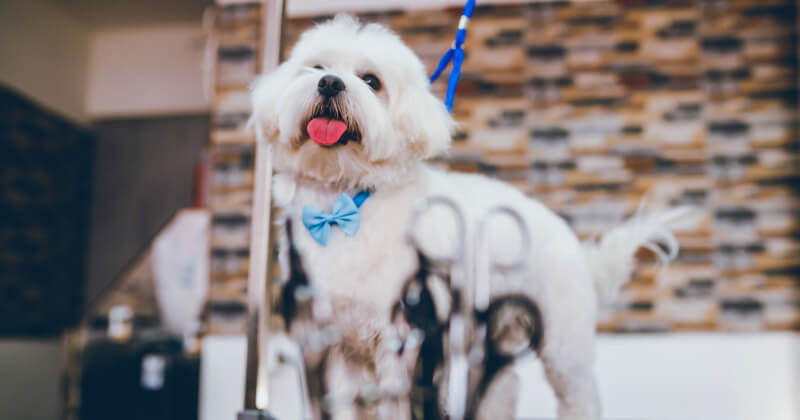
Full Grooming
Regular brushings will help keep your cat's fur and skin healthy. For short-haired cats, a weekly brushing will suffice. For longer-haired cats, you might need to plan for a daily brushing to prevent painful matting. Brushing with a metal comb will loosen the hair and help break up any clumps. Follow that with Brush rubber brush to collect the hair. Be very gentle with your cat and stop brushing if she becomes agitated. Bathing: While most cats enjoy or need regular baths, there are certain times when it might be necessary. If your cat gets into something sticky, oily or potentially harmful if ingested, you'll want to give her a bath to keep her from getting sick trying to lick herself clean. It likely will take more than one person to bath the cat safely. Use a shallow tub and specially formulated. Be sure to offer plenty of praise and treats as you go through the process. If your cat absolutely will not tolerate bathing, you can try iinstead.
Nail Trimming: It important to keep your cat's nails trimmed to prevent damage to both furniture and human skin. As with most unpleasant hygiene habits, it will be easier if you start while the cat is young. Most cats can be coaxed into accepting a nail trimming by taking it slowly and offering lots of treats. Dont try to trim all your cat's nails at the same time. Do one paw and then give kitty a break. Always use ananimal-safe nail clipperand only cut the white part of the nail to avoid causing the cat pain.
Ear Care: If you bathe your cat, be sure not to get water in her ears. Ears should be cleaned separately using a moistened cotton ball or cotton swab. Be very, very careful not to put a swab down into your s ear. Only clean the cartilage right around the opening of the ear. If your cat suffers from recurrent ear infections, ask your vet to recommend a medicated cleaning solution to help prevent them. If you notice black wax that looks like coffee grounds, that could be a sign of ear mites, and you should see your vet for treatment.
Long-Hair Care: Long-haired breeds may need extra grooming to head off problems. Keep paw hair trimmed to prevent matting from kitty litter. You should also keep the hair around your cats behind short to prevent a build-up of trapped feces. Keep a close watch on facial hair to make sure its not growing into her eyes, hindering sight or even irritating her corneas.
Breed-Specific Care
Dogs with wrinkly, loose skin around their faces (like pugs and shar-peis) need to have their skinfolds cleaned and dried regularly. Its most important to keep the folds dry to prevent infections. Dogs with droopy ears (like basset hounds and cocker spaniels) should have their ears checked weekly to prevent wax build-up. Dogs that shed heavily can be brushed withto prevent their fur from matting and to speed up the natural shedding process.
If you notice any unusual lumps, bumps, lesions or discolorations on your pet's body during a grooming session, it might be time for a visit to the vet. Your vet likely also offers medical grooming services, including nail trims, hair trims around delicate eye and ear areas, treatments for skin conditions (from mange, mites and ringworm to simple dry skin) and parasite infestations (like fleas and ticks). Your vet might also offer grooming services under sedation for pets that won't tolerate professional groomers.
